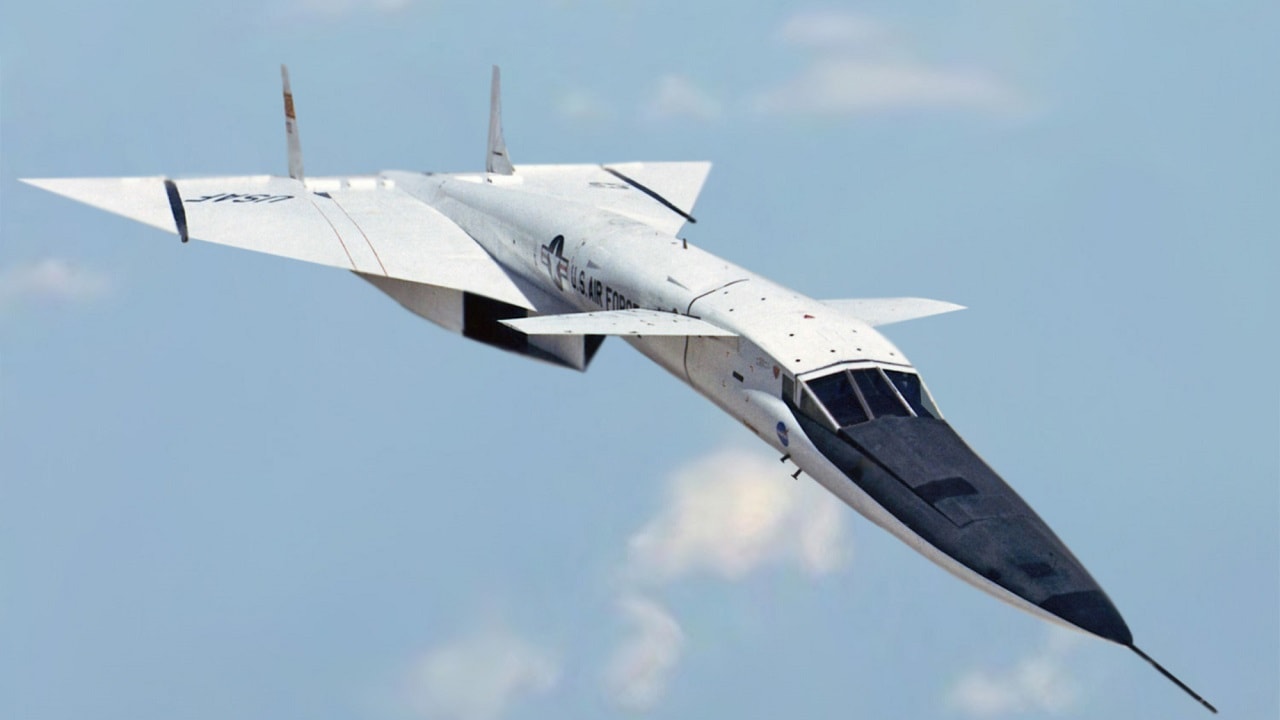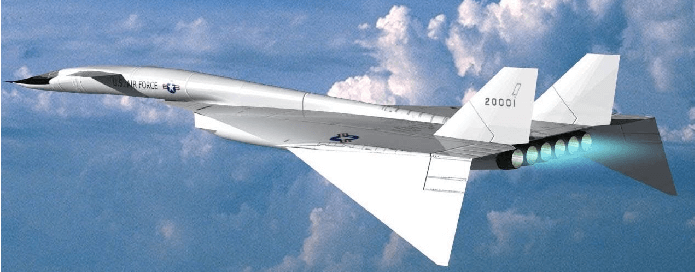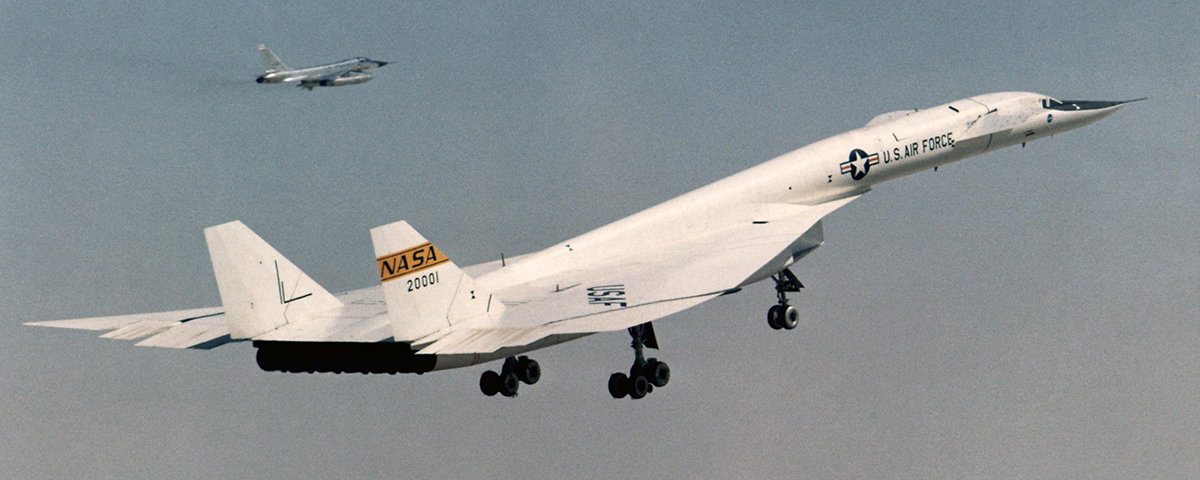In the realm of aviation history, few aircraft capture the imagination quite like the XB-70 Valkyrie. A supersonic marvel of the Cold War era, the Valkyrie was not just an aircraft; it was a symbol of American ambition, technological prowess, and the desire to dominate the skies. Though its time in the air was brief, the legacy of the XB-70 lives on as a testament to what could have been—the bomber that almost redefined aerial warfare.

The Dream of a Supersonic Bomber
In the late 1950s, the world was caught in the intense arms race of the Cold War. The United States Air Force (USAF), always seeking a strategic advantage over the Soviet Union, envisioned a bomber that could fly at Mach 3—three times the speed of sound—at altitudes above 70,000 feet. The goal was simple but audacious: create a high-speed, high-altitude bomber that could outrun enemy fighters and anti-aircraft missiles, delivering nuclear payloads deep into Soviet territory with little chance of interception.
Enter the XB-70 Valkyrie, an aircraft designed to push the boundaries of technology and physics. Developed by North American Aviation, the Valkyrie was a massive, futuristic aircraft that looked like something out of science fiction. With its sleek, delta-wing design, and six powerful engines, the XB-70 could fly faster and higher than any other bomber of its time.

Engineering a Masterpiece
The engineering of the XB-70 was nothing short of revolutionary. Powered by six General Electric YJ93 engines, the Valkyrie could achieve speeds of Mach 3. At such speeds, the aircraft faced enormous heat and pressure, and its designers had to find innovative ways to keep it from disintegrating mid-flight. The solution was to build much of the airframe from stainless steel and titanium, materials that could withstand the intense temperatures generated at supersonic speeds.
Another groundbreaking feature of the Valkyrie was its “compression lift” technology. The aircraft’s wingtips could fold downward, trapping air beneath the wings and providing extra lift at high speeds. This allowed the XB-70 to glide more efficiently and fly longer distances, making it a true long-range bomber.

The Valkyrie Takes Flight
On September 21, 1964, the XB-70 Valkyrie took to the skies for the first time. It was a moment of triumph for the engineers, pilots, and military officials who had poured years of work into the project. As the massive aircraft roared down the runway and lifted into the air, it was clear that this was no ordinary bomber.
The Valkyrie’s test flights demonstrated its extraordinary capabilities. It easily reached altitudes of over 70,000 feet and speeds exceeding Mach 3, making it one of the fastest and highest-flying aircraft in history. Its enormous size—about 185 feet long with a wingspan of 105 feet—was both impressive and daunting, a visual reminder of the United States’ air dominance.

The End of an Era
Despite its remarkable achievements, the XB-70 Valkyrie faced an uncertain future almost from the start. The rapid advancement of missile technology during the 1960s rendered high-speed, high-altitude bombers less effective. Surface-to-air missiles (SAMs) like the Soviet SA-2 could now target aircraft flying at the altitudes the Valkyrie was designed for, reducing the bomber’s strategic advantage.
Furthermore, the introduction of intercontinental ballistic missiles (ICBMs) began to change the landscape of nuclear warfare. With the ability to strike targets across the globe without risking manned bombers, ICBMs became the new focus of U.S. defense strategy, diminishing the role of long-range bombers like the Valkyrie.
The program’s fate was sealed after a tragic accident in 1966, when one of the two XB-70 prototypes collided with a smaller aircraft during a publicity photo shoot. The crash destroyed one of the Valkyries and resulted in the death of two pilots. With mounting costs and shifting priorities, the USAF canceled the XB-70 program, leaving only one remaining prototype.

A Legacy of Innovation
Though the XB-70 Valkyrie never entered full production, its legacy endures. The aircraft was an extraordinary leap forward in aeronautical engineering, pushing the boundaries of what was possible in terms of speed, altitude, and design. Lessons learned from the Valkyrie program influenced future aircraft, including the development of supersonic and hypersonic technologies.
Today, the remaining XB-70 prototype is housed at the National Museum of the U.S. Air Force in Dayton, Ohio. Visitors who stand before the towering aircraft can’t help but marvel at its futuristic design and the audacity of the vision that brought it to life.
Conclusion
The XB-70 Valkyrie remains one of the most iconic aircraft ever built, a symbol of an era when speed and altitude were seen as the ultimate keys to air superiority. While it never saw combat, its impact on aviation history is undeniable. The Valkyrie wasn’t just a bomber; it was a bold declaration of technological ambition, proving that sometimes, the greatest triumphs are those that challenge the limits of imagination.
The story of the XB-70 is a reminder that even the most ambitious projects, though fleeting, can leave a lasting imprint on the world.





